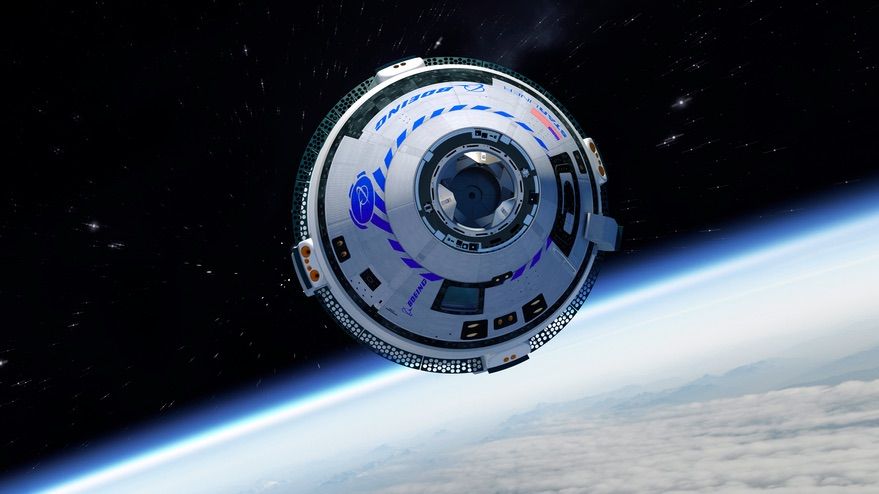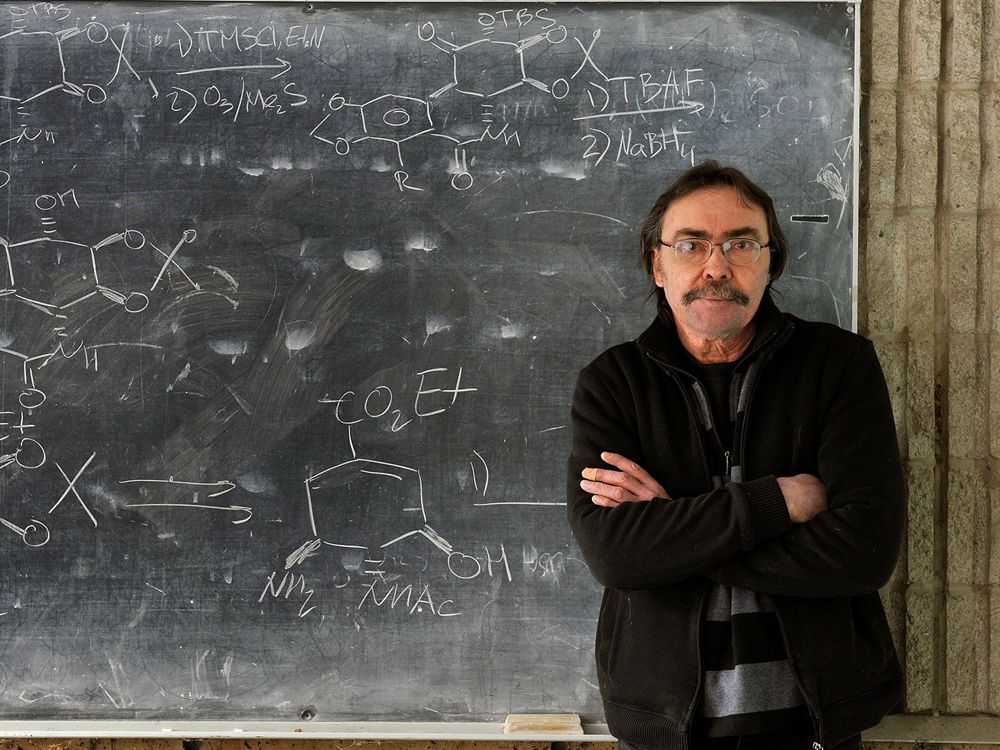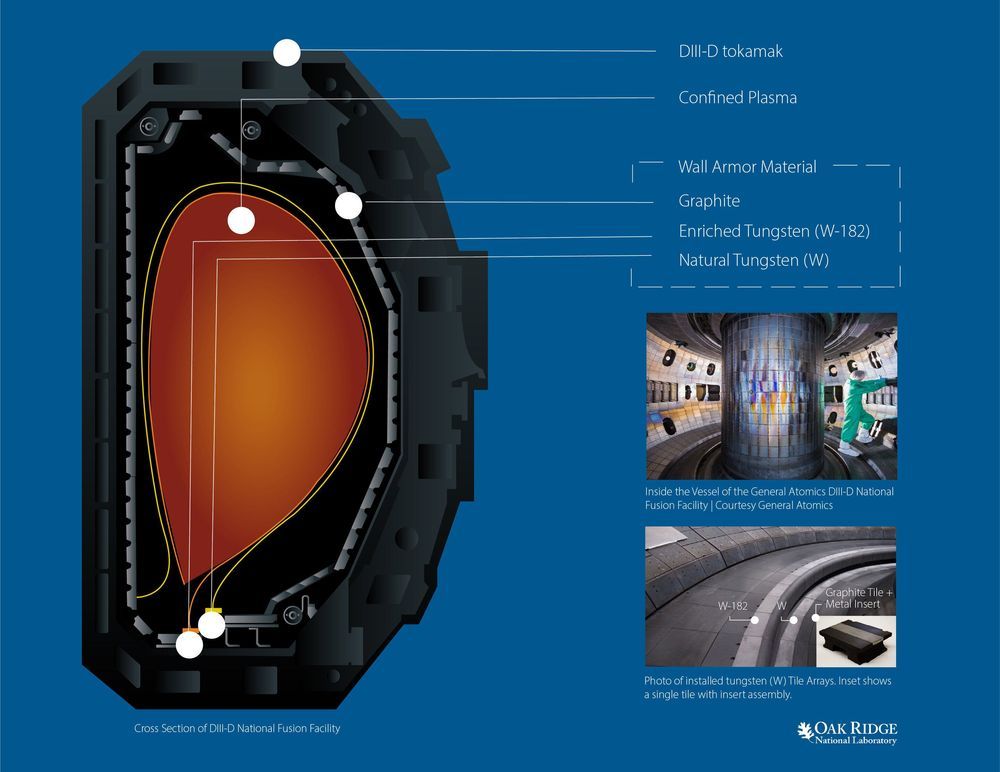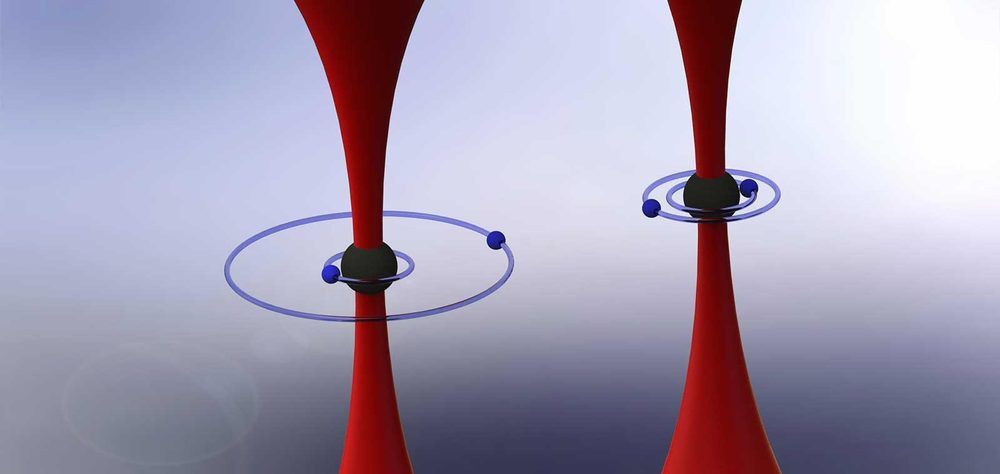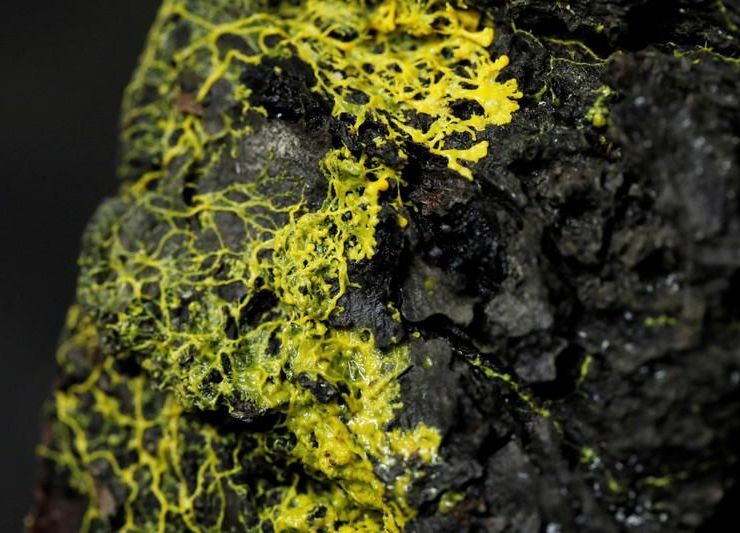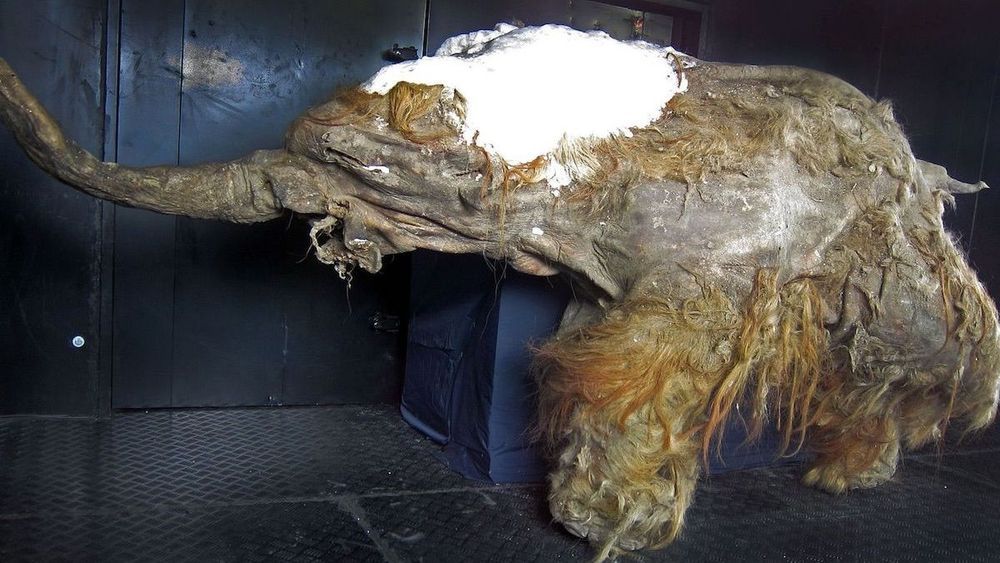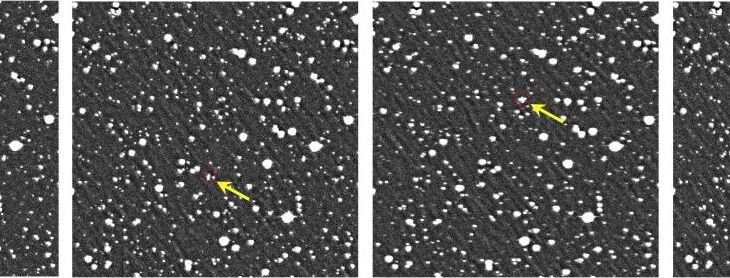Aug 28, 2020
NASA and Boeing outline schedule of Starliner test flights
Posted by Genevieve Klien in category: space
WASHINGTON — NASA and Boeing announced an updated schedule of test flights of the company’s CST-100 Starliner commercial crew vehicle that would allow it to begin operational missions to the International Space Station at the end of 2021.
In an Aug. 28 statement, NASA said it had scheduled a second uncrewed test flight, known as Orbital Flight Test (OFT) 2, for no earlier than December. That mission will be a repeat of the original OFT mission flown last December, which was cut short by technical problems that prevented the spacecraft from approaching and docking with the ISS.
The NASA statement confirmed recent comments by agency officials on the schedule for OFT-2. “The Boeing folks are working hard for their reflight to be done by the end of the year, maybe early January,” Kathy Lueders, NASA associate administrator for human exploration and operations, said in an Aug. 24 webinar during the American Institute of Aeronautics and Astronautics’ Propulsion and Energy Forum.
